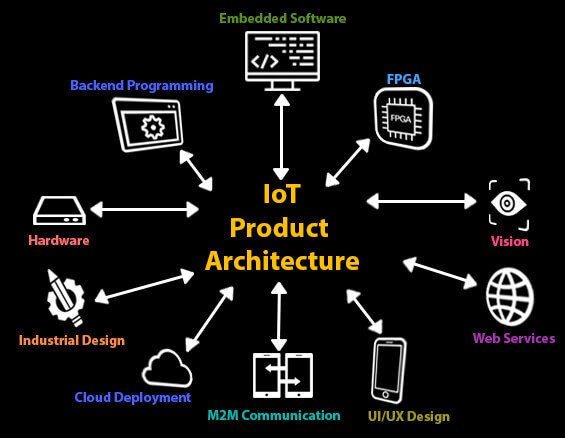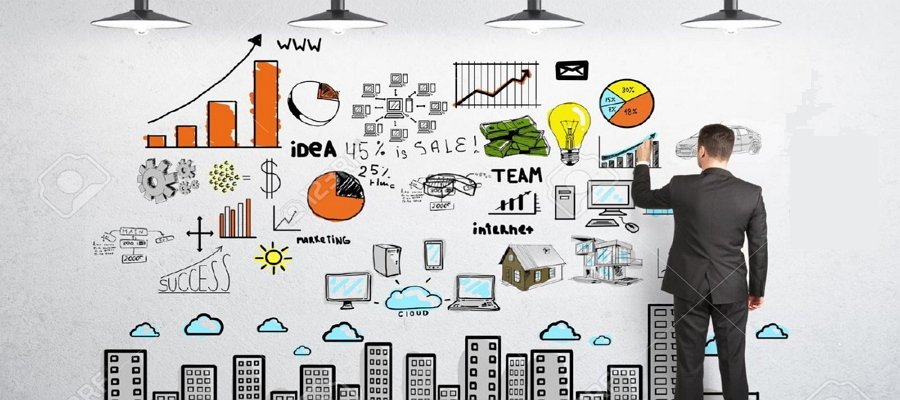If you’re looking to start a new career, you might want to consider becoming a product designer. There are a number of different responsibilities and skills that a product designer should have. These are some of the common responsibilities of a product designer, as well as some of the most popular traits that a good product designer should have.
Prerequisites for a career in product design
If you want to be a product designer, you’ll need to master several skills and be a well-rounded individual. You’ll have to learn about the technology that powers the latest gadgets and how to use it.
Product designers need to be able to collaborate with engineers, marketing and sales teams to create the perfect products. They also need to be able to understand how end users use the products they create.
There are many ways to get started on a product design career. The most traditional route is to attend a bachelor’s degree program in product design. But you can also take advantage of online courses and internships.
You can also work for yourself, or you can become a freelance designer. Regardless of how you decide to go about it, you’ll need a solid portfolio to showcase your skill set. A portfolio should contain projects from your course work and other work experience. Having a portfolio to showcase your skills is a great way to get a foot in the door.
Several professional organizations offer workshops and conferences that will help you hone your skills. It’s also a good idea to network and keep in touch with your peers. These are valuable contacts when you’re looking for a job.
Luckily, the product design field is one of the hottest in the tech industry. Although the pay isn’t mind-blowing, the hours are relatively low.
To stand out in the crowd, you’ll need to know all the ins and outs of product design. As with any profession, the more experience you can acquire, the better. For instance, you can learn the ins and outs of Adobe’s Creative Suite, which includes the popular Photoshop, Illustrator and Dreamweaver.
You’ll need to learn about user testing and the data analytics that go into creating a successful product. Using the right software and tools is key to ensuring that your designs are top-notch. Keeping a good portfolio is a great way to show potential employers that you’re a jack of all trades.
Be sure to check out the numerous websites, meetups and social groups dedicated to product design. You can learn about the latest and greatest technology, and make new contacts along the way.
Discover how to become the best IoT product designer, click here!
Most popular traits of a good product designer
When designing a product, the most important thing to do is to focus on the customer. A good designer is always looking to improve. He can be a source of useful information for others.
One of the most useful traits for a designer is the ability to understand how technology can help improve customer experience. Whether a design involves digital technology or physical products, understanding how it will interact with a user will make a difference.
Another important trait of a designer is to have an open mind. Throughout the process, a designer may be expected to work with colleagues, business teams, or even customers.
Good designers also have a strong sense of aesthetics. They are willing to try new things, even if the outcome is not ideal.
Product designers must have an eye for design, as well as a background in business. Some may also be involved in creating advanced digital assets for the company.
The best product designers are humble, teachable, and always on the lookout for ways to improve. They also understand that customer advocacy is a team sport. Developing a solid relationship with coworkers and customers will help minimize stress and ensure the best results.
Having an eye for a witty gimmick is one of the most important traits of a good product designer. They can think of ways to create a product that meets standards, but also makes a user happy.
It’s also important to be self aware. Designers who are knowledgeable about themselves are more likely to get their projects completed on time and with less stress.
Other traits that can enhance the performance of a product designer include being self aware of the ‘few’ key areas that require attention. For instance, it’s a good idea to learn about the differences between different materials.
Lastly, a designer should have a keen eye for the most interesting features of a product. This includes the most obvious ones, such as the’smart phone’, but should also include things like’social media’ or ’email’.
By learning how to build a good product, a new designer can help their company deliver the best possible experience for its clients. Ultimately, a product designer’s role is to add value to every aspect of the business.
Common responsibilities of a product designer
Product designers work with the product management team to develop and improve existing consumer products. They conduct market research, define user goals, and identify opportunities for enhancements. Typically, these designers are involved in IoT devices, cloud microservices, mobile applications, web applications, and more complex consumer products.
These individuals need to understand the basics of psychology, computer and material science, and business processes. They also must have excellent communication skills. In addition, they must have experience with various design tools.
Discover all the best courses for product designers
These experts use UX research techniques to design new products that are easy to use and visually appealing. These professionals may create wireframes and prototypes for testing. Testing can include surveys, focus groups, live betas, and more.
A great Product Designer must have great problem solving skills, an innovative approach to design, and the ability to convey a vision to others. Ideally, he or she will have a background in graphic design. This includes being familiar with visually appealing color schemes and design details.
A Product Designer should be able to communicate with senior leadership. This individual should have a portfolio that demonstrates his or her creativity and problem-solving abilities. He or she should also be a strong communicator and a team player.
Product designers collaborate with teams, including product managers, researchers, engineers, and other designers. They must communicate effectively with all members of the team to make sure that the finished product is in line with company goals.
During the design process, Product Designers are responsible for defining the specifications of a particular product. They must be able to explain these specifications to others, as well as provide quantitative feedback. Often, they are tasked with presenting the ideas of a product to the leadership of the company.
Product designers need to stay up-to-date with the latest trends and technologies in the industry. The ideal candidate should have a well-rounded portfolio that shows a deep understanding of both the product and the industry.
Product designers must have a keen eye for detail, as they must be able to identify and solve real problems for users. Whether they are resolving a pain point or improving navigation, they must think about the end user.
The future of product design

In the past decade, the product design industry has experienced significant shifts. The rise of digital innovation and a high level of automation are pushing design to new heights. These changes are changing what is being designed and who can make it.
Design is not only a creative process, it’s a critical business function. As more companies base their product portfolios on emerging technologies, the skill set of designers will need to be augmented. It’s essential to have a deep understanding of your target audience and to be able to communicate effectively with them.
With a rapid pace of technology change, the product design industry is expected to transform even more. Innovations include augmented reality, virtual reality, and artificial intelligence. Technology is also increasing the speed at which a product is developed, and it’s becoming more affordable to manufacture.
Throughout this process, designers will need to develop a more nimble, yet robust, way of thinking. They will need to understand the user’s experience beyond their typical use cases, and will need to think about the user’s pathways, their privacy and sustainability.
The rise of advanced natural language processing is also helping gather feedback and opinions from customers. This information will guide the design process, and it can be used to create more sophisticated and customized products.
Artificial Intelligence (AI) and machine learning (ML) are playing a critical role in enabling the future of product design. Pioneers in ML are creating software that can detect and diagnose causes for problems, assess past scenarios, and predict challenges.
AI and ML-powered software will also reduce the steps needed to mock up user experiences. It will also correct alignment errors and anticipate designer gaps in thinking. Rather than taking a step-by-step approach, it will be more aligned with human thought processes.
With the emergence of emerging technologies, the design cycle will compress and the barrier to entering the industry will decrease. New tools will provide short courses to allow designers to take their knowledge to the next level.
In order to continue growing, the product design industry needs to innovate. Designers will have to embrace a lighter and nimbler approach, and they will need to understand their customers in a deeper and more meaningful way.
Discover how to learn more and in the best way for your next success, click here!


